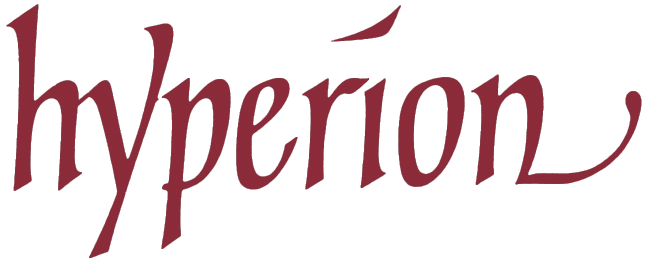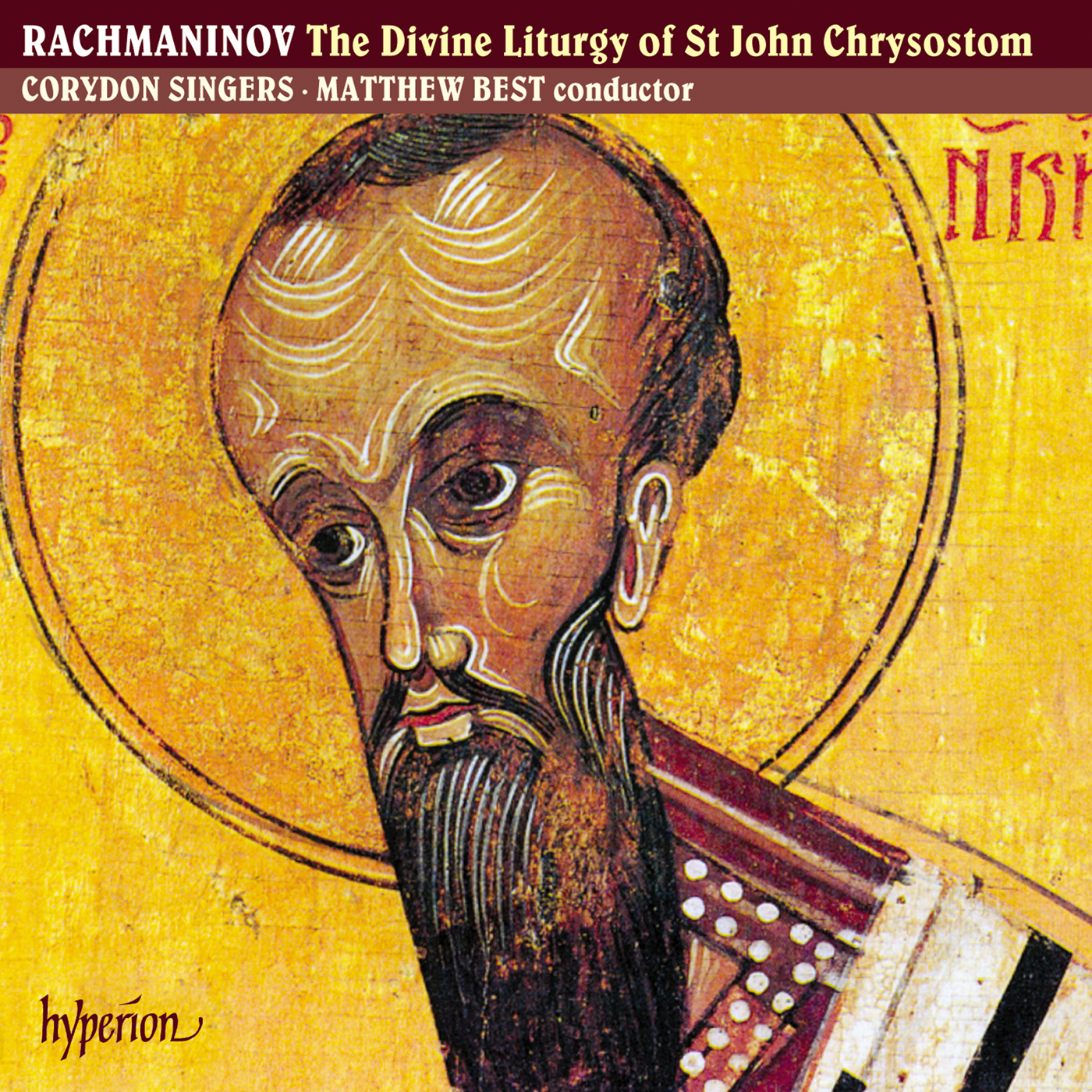Rachmaninov: The Divine Liturgy of St John Chrysostom
Corydon Singers, Matthew Best (conductor)
CDA66703
The word ‘Liturgy’ is used in the Orthodox Church specifically to mean the Eucharistic service—what in the West would be called the Mass. There were in the early Church a number of Liturgies, but at the present day there are four forms in use in the Eastern Church: the Liturgy of St John Chrysostom (the usual form on Sundays and days of the week), the Liturgy of St Basil the Great (used ten times a year), the Liturgy of St James, the Brother of the Lord (used on St James’s Day, 23 October, in only a few places in the world), and the Liturgy of the Presanctified, used on Wednesdays and Fridays in Lent and the first three days of Holy Week. The Liturgy is always sung. Structurally, all these four have points in common with the Western Mass. A non-Orthodox would, for example, recognize in the Liturgy of St John Chrysostom the Introit (in the the form of the Little Entrance), Epistle, Alleluia, Gospel, Creed, Lord’s Prayer, and Sanctus. A normal Sunday Liturgy lasts considerably longer than a Mass would usually do—somewhere between one-and-a-half and two-and-a-half hours. In fact one of the characteristics of Orthodox services of all kinds is their length. For concert and recording purposes it is very frequently the case that the choral parts of the Liturgy only are sung; when some of the priest’s or deacon’s parts are included it is customary to omit much of the Eucharistic prayer. This is the procedure which has been adopted in the present recording.

